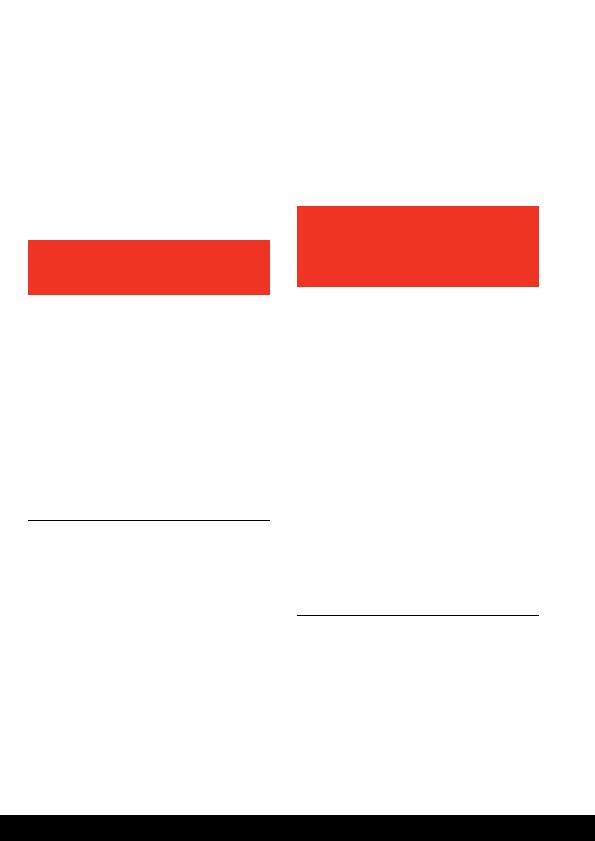
population of Koori female prisoners is highly likely
to have had contact with child protection, but were
less likely to have served custodial sentences in
Youth Justice facilities. In 2010-11, of 23 Koori
women sentenced to adult prison by the Magistrates'
Court, four had prior youth justice convictions.
crime and offending
and victimisation was raised as a significant driver
of Koori women's offending.
left a mark on them but they have not
been given the opportunity to heal.
women experience violence at 45 times the rate
of non-Aboriginal women.
of offending, as victims become offenders.
behaviour develops through their relationships
with family members, friends and significant others
(including partners, support networks and colleagues)
rather than the concept of `peer associates' that is
commonly cited as a risk factor for men.
Includes Youth Detention Orders, Youth Supervision
Orders and Youth Attendance Orders. This may
be an undercount, as available data only captures
those sentenced to prison in 2010-11 who had been
previously sentenced from 1 July 2004. Older prisoners
that may have appeared before July 2004 (and had not
appeared since) would not be counted. Information
provided to the Commission by Sentencing Advisory
Council on 1 February 2013.
Key informant interview, Dame Phyllis Frost Centre,
7 February 2013.
National Congress of Australia's First Peoples,
Submission No 53 to Senate Standing Committee
on Legal and Constitutional Affairs, Inquiry into the
value of a justice reinvestment approach to criminal
justice in Australia, March 2013, 12. <http://www.
aph.gov.au/parliamentary_business/committees/
senate_committees?url=legcon_ctte/completed_
inquiries/2010-13/justice_reinvestment/submissions.
htm> at 16 July 2013.
State of Victoria, Department of Justice, `AJA2', above
n 24, 18; Harry Blagg, `Aboriginal women and justice',
above n 108, 13-14; Nous Group, above n 25, 48-49.
State of Victoria, Department of Justice, `Better
Pathways', above n 109, 9.
a problem highlighted by several key informants.
themselves and present to the court with
multiple problems. They are often victims
of family violence and sexual assault,
have lost their children and have drug and
alcohol issues. They need safe housing,
supports and they need mentoring.
found 87 per cent were victims of
sexual, physical or emotional abuse,
with most having suffered abuse in
multiple forms.
Indigenous women in prison were abused as
children, with three-quarters of those experiencing
sexual abuse. Seventy-three per cent were abused
as adults, 42 per cent of whom experienced sexual
assault. The same study found that 80 per cent of
the female prisoners surveyed said their experience
of abuse was an indirect cause of their offending.
the importance of understanding the connection
between victimisation and offending, while also
acknowledging that the exact nature of the
relationship between abuse and offending was
poorly understood.
See, for example, key informant interview, Dame Phyllis
Frost Centre, 7 February 2013; key informant interview,
Magistrates' Court of Victoria, 3 March 2013.
Key informant interview, Magistrates' Court of Victoria, 3
March 2013.
Data drawn from a 2004 study. See, Smart Justice,
above n 5, 2.
Includes child sexual abuse, adult physical and sexual
abuse. New South Wales Aboriginal Justice Advisory
Council, Holistic Community Justice: A Proposed
Response to Aboriginal Family Violence (2001) 7.
<http://pandora.nla.gov.au/pan/25329/20020709-0000/
www.lawlink.nsw.gov.au/ajac.nsf/pages/family+violence
+discussion+paper.pdf> at 18 July 2013.
State of Victoria, Department of Justice, `Better
Pathways', above n 109, 15.